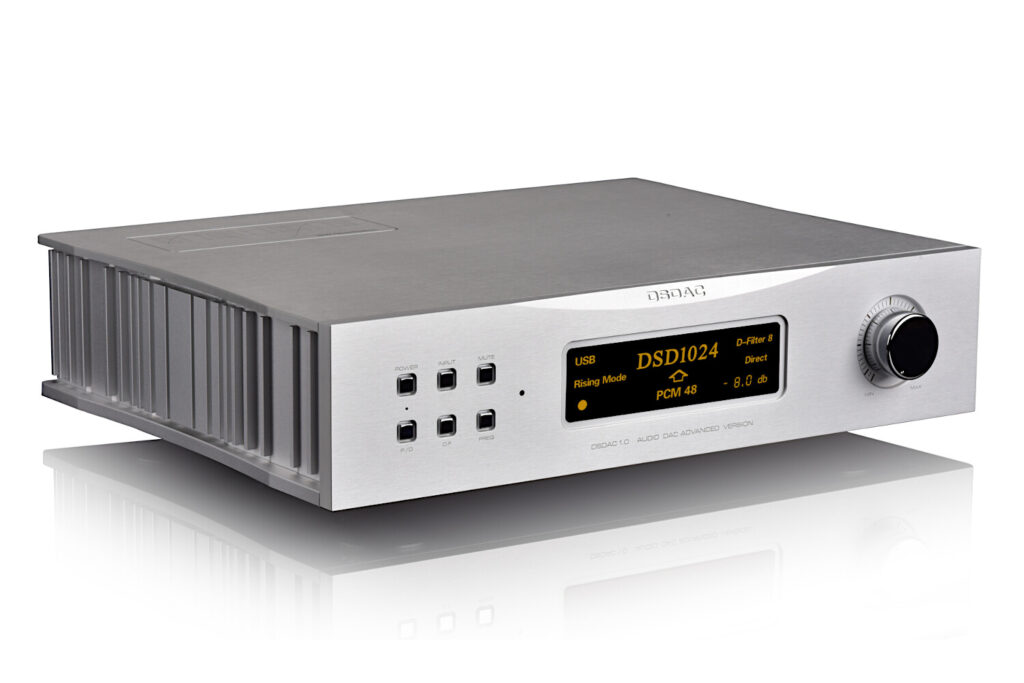
CEN.GRAND DSDAC 1.0 (Deluxe Model)
DSDAC 1.0 deluxe model is a new product which was developed on the basis of the standard model by optimizing the clock system and making major modifications to the circuit. It is different from the ordinary DAC. Its high-precision DSD frequency-raising algorithm solves the playback problem of dsd64 perfectly. The synchronous direct clock technology enables the built-in femtosecond clock to be transmitted to the shift register directly without any process so that the femtosecond performance can directly improve the analogue signal quality. The clock-blocking technology can isolate the clock of the pre-device completely so that the clock of the pre-device no longer becomes a factor affecting the sound quality.
Prezzo:
6.100,00 €
Descrizione prodotto
DSD audio coding mode is almost perfect, although it has many technical barriers. The unique charm of DSD sound attracts many people, many music lovers have high enthusiasm for DSD in the past decade. At present more than 10000 SACD music albums have been released in the world which is a valuable music resource for mankind. In order to make it play a greater role, many people are making unremitting efforts and they are one of them.
- Due to the disc storage space being limited, SACD adopts the dsd64 format, which has a lower frequency. The accuracy of dsd64 in DA conversion is low and there is out-of-band noise (noise above 23khz) after the DA process. Therefore, most SACD players must convert dsd64 to PCM before DA conversion. This way weakens the advantages of DSD, and it was an important reason why SACD fails in the competition with CD.
- With the passage of time, more in-depth research on DSD coding technology has made progress. FPGA technology has also made great progress. Therefore, the technology to raise the DSD frequency from 2.8224MHz to a high number has been available. It can make the DA process with higher accuracy after the frequency was raised. At the same time, because the frequency of out-of-band noise is pushed up, it can be easily filtered out. Based on these conditions, they decided to start the research and development of the algorithm for DSD frequency increasing.
- The high-precision frequency rise algorithm is the core of DSDAC1.0. Although there are many ways to produce frequency rising, but the high-precision frequency rise algorithm is a complex mathematical problem, not a digital technical problem. The technology of frequency rising not only makes DSD more widely used but also makes DSDAC1.0 become the leading audio DAC.
- Synchronous direct clock technology: femtosecond clock inside DSDAC1.0 will be sent to the shift register directly without any intermediate conversion so that the performance of the femtosecond clock is directly reflected in the analogue output. This technology is different from the use of an external femtosecond clock and a built-in femtosecond crystal oscillator. The use of an external clock and built-in crystal oscillator can only be a source clock, it must be divided by a frequency divider. In this way, there are large additive jitters, which change the femtosecond clock from femtosecond to picosecond. The clock of DSDAC1.0 can be sent to the shift register directly without a frequency divider, it is an advanced technology of clock application.
- Clock blocking: It means that the clock from the pre-devices is abandoned and the DSDAC1.0 only uses the local clock. In this way, the clock of pre-devices such as digital turntable, CD player and digital interface will no longer affect the performance of DAC. As long as the data is correct, there is no difference in any digital source. This technology is a dream of digital audio. Clock blocking is a synchronization process, not the ASRC, which has a great negative impact on sound quality. It solves the clock problem that has plagued the digital audio field for a long time.
- DSDAC1.0 has an advanced USB interface and can receive DSD source code in native mode. As a DSD DAC, receiving DSD source code is a necessary function. DSDAC1.0 has two ways to input DSD source code: one is to input dsd64 via SPDIF in DOP mode, and the other is to input dsd512 via USB in native mode. The XU208 scheme of XMOS inside DSDAC1.0 has a ground isolation function, the interference of the front digital source can be almost isolating. They have customized the special driver from XMOS to enable DSDAC1.0 to receive the source code of dsd512 in native mode.
- The deluxe model can also be used as a Pre-Amp. It can provide a maximum 5db gain for the input signal. In Pre-Amp mode the function of DAC would be terminated.
Altri prodotti
-
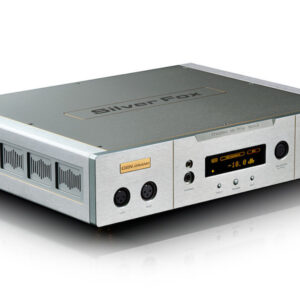
CEN.GRAND 9i-906 “Silver Fox”
3.990,00 €4.395,00 €Aggiungi al carrello -
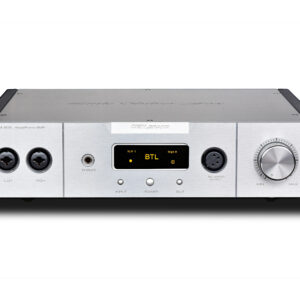
CEN.GRAND 9i-806 “Little Silver Fox”
2.250,00 €2.500,00 €Aggiungi al carrello -
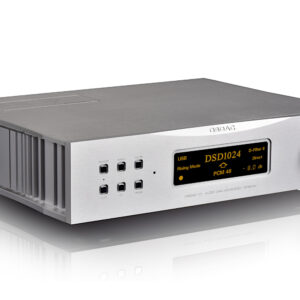
CEN.GRAND DSDAC 1.0 (Deluxe Model)
6.100,00 €6.430,00 €Leggi tutto -
-DACheadphone-AmpPre-Amp-300x300.jpg)
CEN.GRAND 9i-92SA III DAC/HEADPHONE AMP/PRE AMP
2.100,00 €2.300,00 €Aggiungi al carrello -
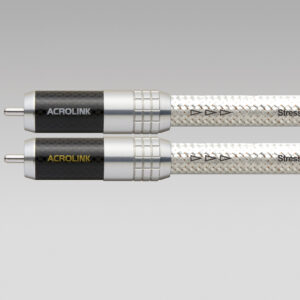
ACROLINK 7N-DA6100IV MEXCEL
4.990,00 €5.900,00 €Aggiungi al carrello -
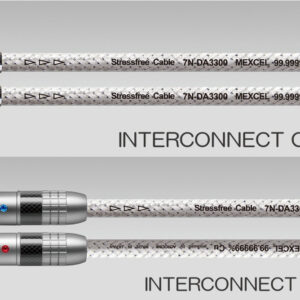
ACROLINK 7N-DA3300 MEXCEL
3.490,00 €4.260,00 €Aggiungi al carrello -
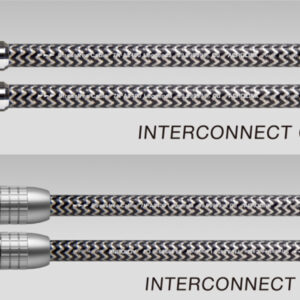
ACROLINK 7N-A2400 LEGGENDA
1.090,00 €1.220,00 €Aggiungi al carrello -
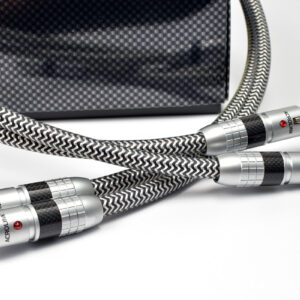
ACROLINK 7N-A2070 LEGGENDA
860,00 €966,00 €Aggiungi al carrello -
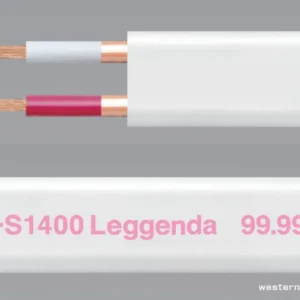
ACROLINK 7N-S1400 LEGGENDA
210,00 € Aggiungi al carrello -
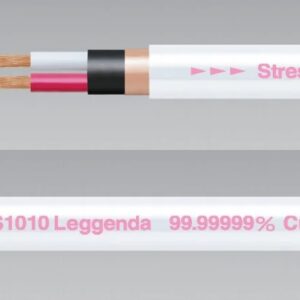
ACROLINK 7N-S1010 LEGGENDA
70,00 € Aggiungi al carrello -
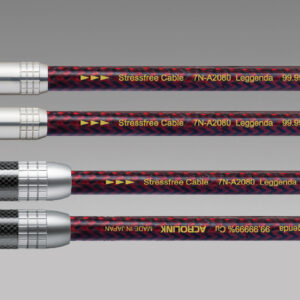
ACROLINK 7N-A2080 LEGGENDA
2.290,00 €2.600,00 €Aggiungi al carrello -

ABYSS – Diana MR package
3.100,00 €3.295,00 €Leggi tutto

© 2024 Tutti i diritti riservati.
Privacy Policy - Cookie Policy
Oz S.r.l.
Via Famagosta, 10 - 20142 - Milano
Partita IVA e Codice Fiscale 07697430960
Telefono: +39 334 8156267
Partita IVA e Codice Fiscale 07697430960.